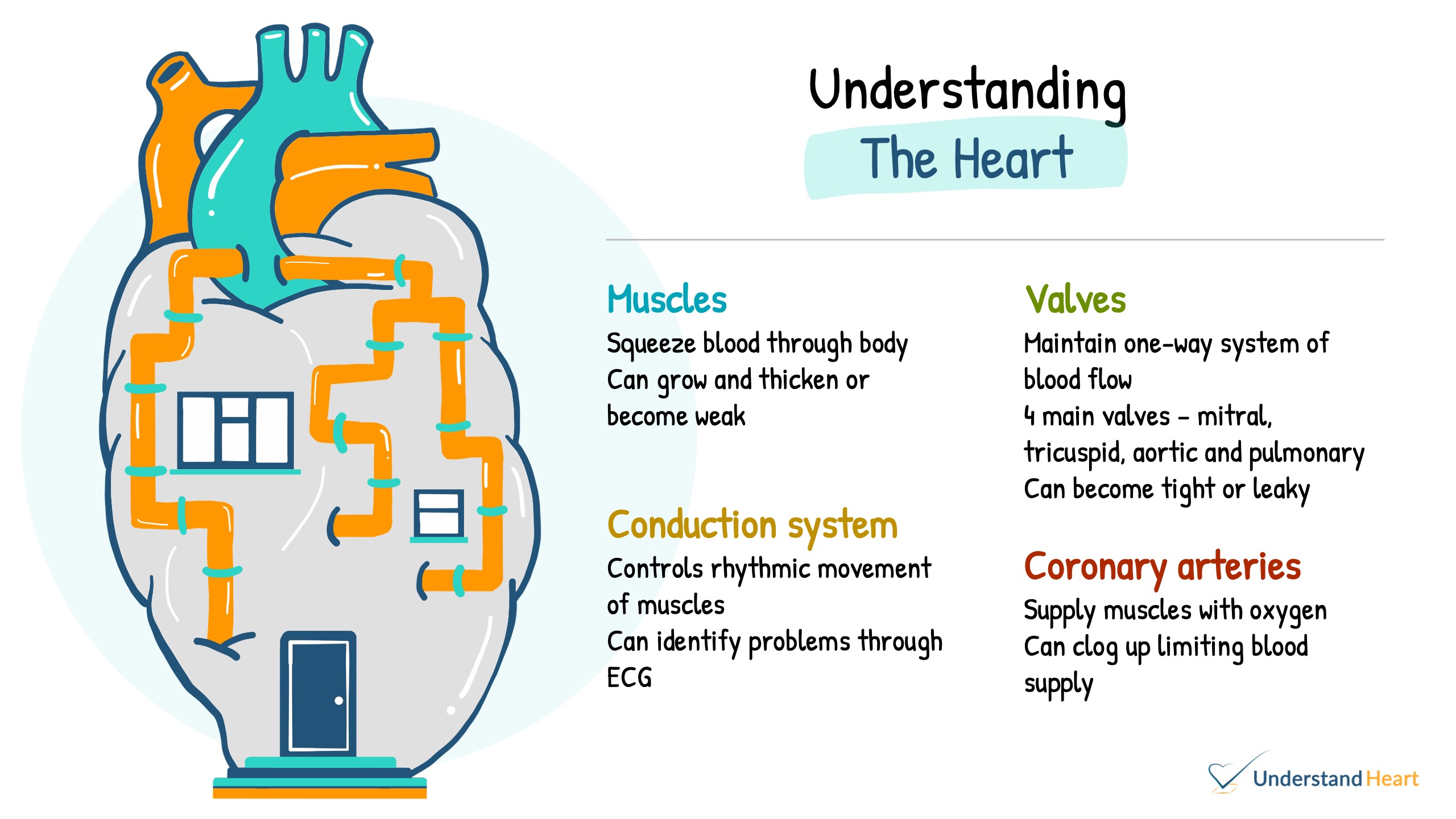Understanding the Heart
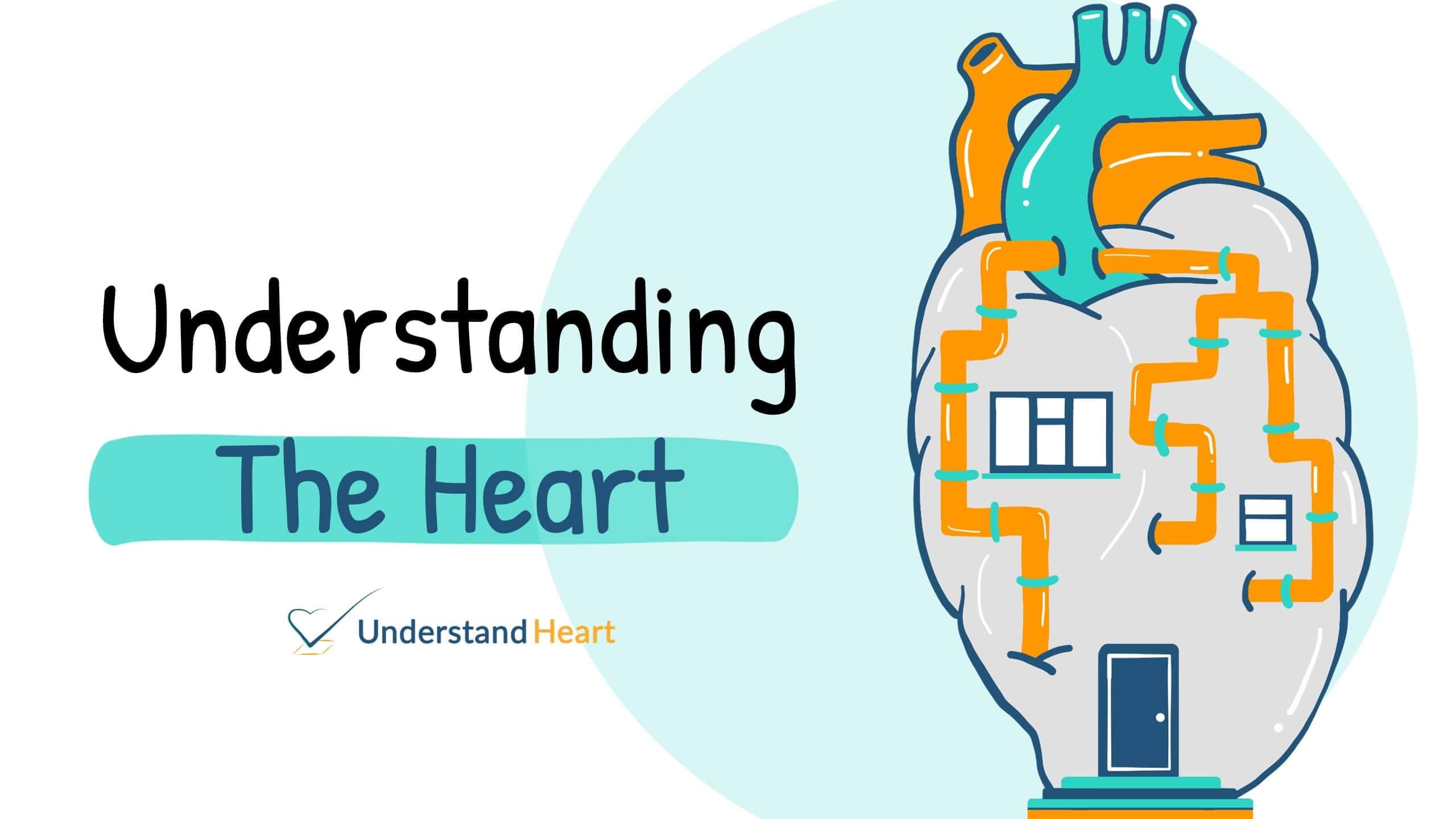
The heart is one of the many organs in our body. It is like a house separated by the septum and valves into different rooms where blood can travel in and out of. It functions as a pump to move blood around, so oxygen and nutrients can be provided to the other cells to keep us alive and allow us to function.
Just like our house, the functioning of the heart relies heavily on the different parts. When these parts malfunction, it will result in different kinds of illnesses. Therefore, to understand diseases affecting the heart, we first need to learn the components that makes it up.
Muscles
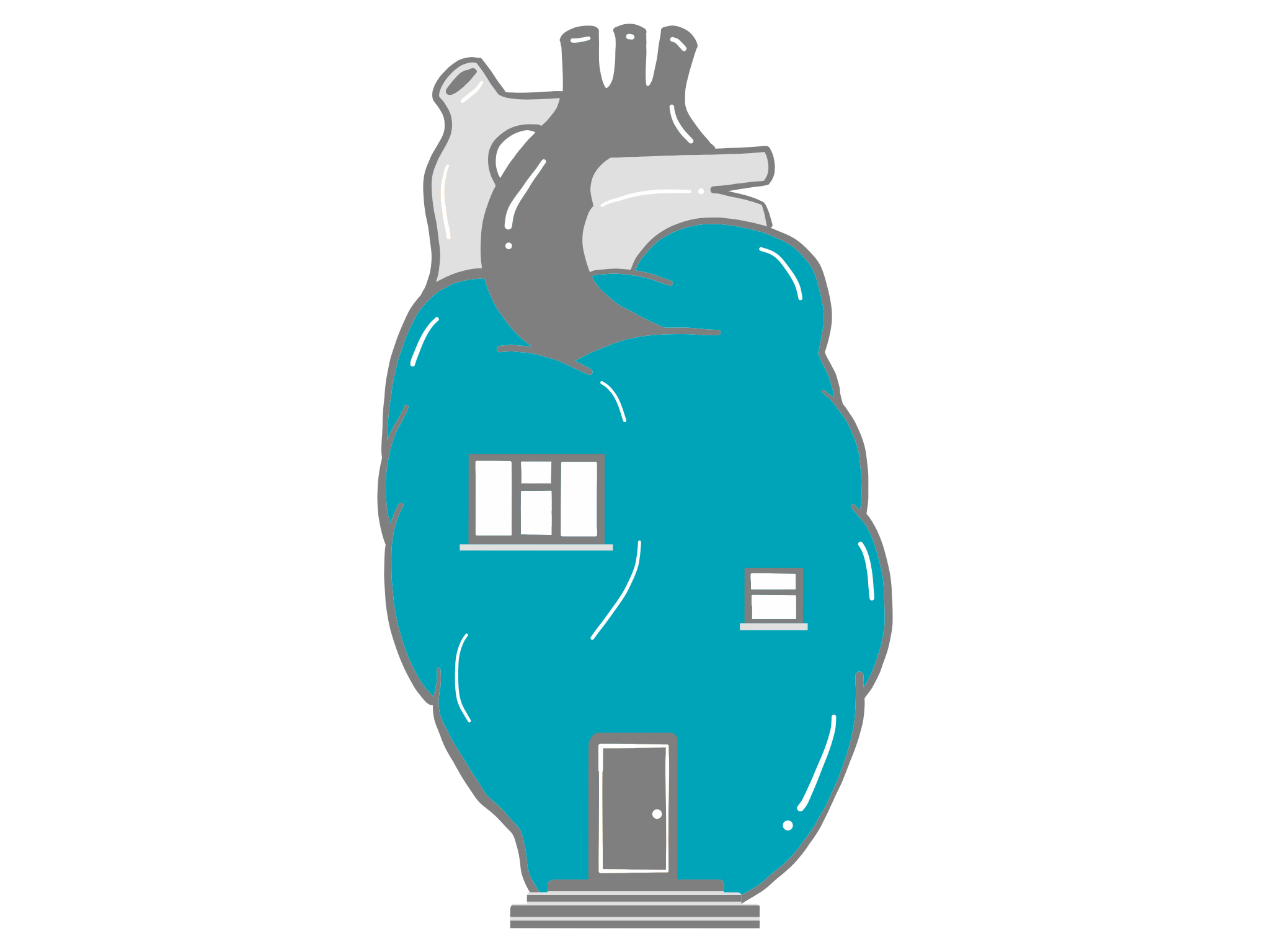
Being a pump, the main component of the heart are the muscles. These specialised muscles cells contract and relax to generating the pumping action of the heart, squeezing blood through our body. The muscles form the outer walls of the house and have room inside to contain blood. Similar to other muscles in our body, the heart muscles can also grow and thicken in response to stress (like in an athlete or diseased state like high blood pressure) or can be weaken from disease process.
Valves

The valves form the doors and septum are the inner walls separating the heart into different chambers. The right side of the heart receives ‘used’ blood from all over the body, sending it into the lungs to be restocked whilst the left side of the heart contains oxygenated blood and distributes it to the other parts of the body.
The movement of blood is maintained within a one-way system via the heart valves which prevents the back-flowing of blood. This allows the blood rich in oxygen to flow towards organs that need it (such as brain and muscles) and blood which are depleted of oxygen to return to the lungs to replenished. There are 4 main valves within the heart (1 between the chambers on either side and 1 just before the main arteries [aorta and pulmonary]). The valves can become too tight, restricting blood flow or becomes leaky, allowing backflow of blood.
Conduction system
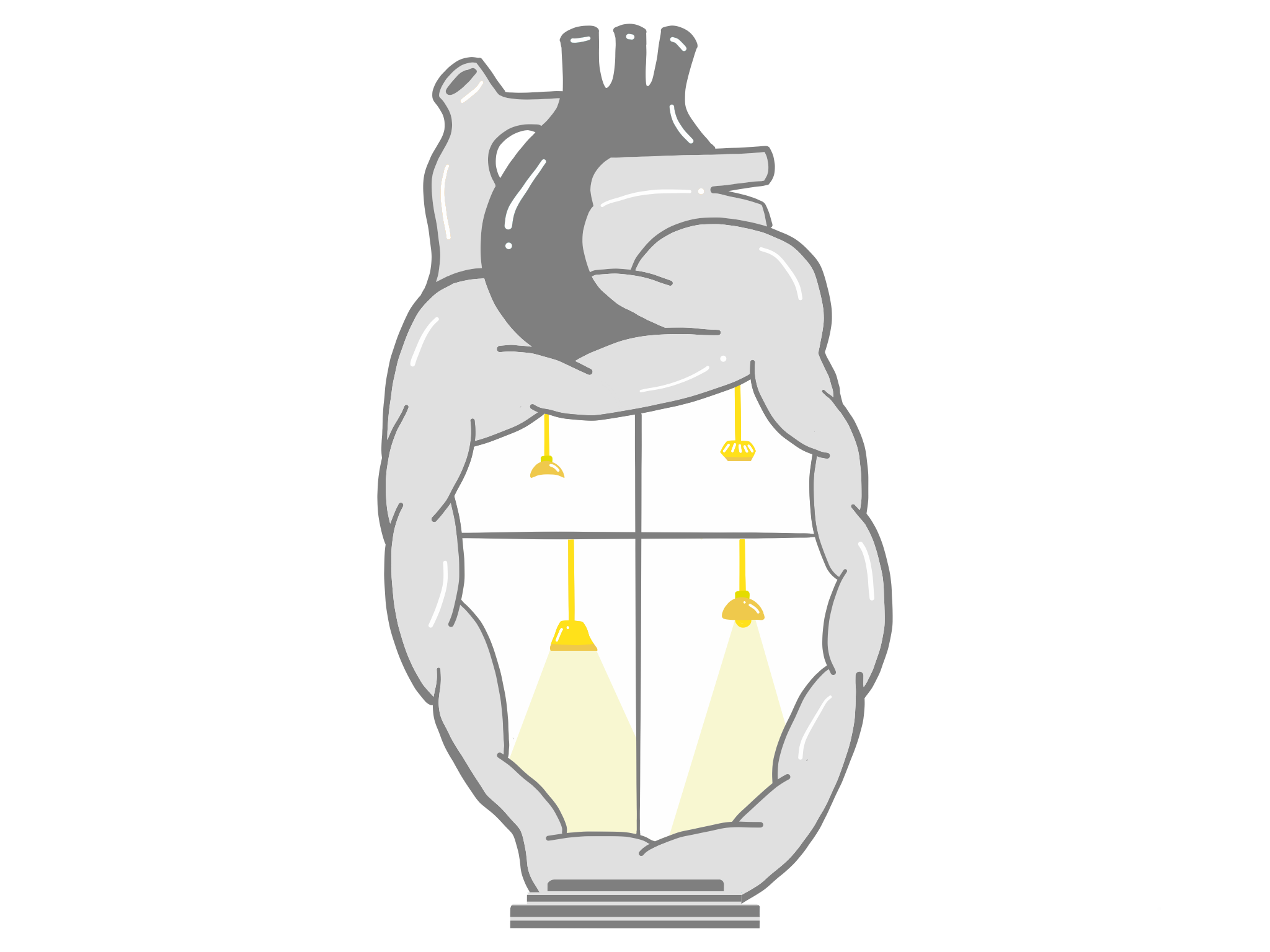
The muscles are controlled by an internal pacemaker known as the sino-atrial node which sends electrical activity down the 'wiring' of the heart. Just like the light switches in our house, the electricity instructs the muscles to move. This regulated rhythmic movement of the heart chambers allows sequential flow of blood from one end to the other.
We can monitor the activity through an electrocardiogram (or ECG) and identify problems that are associated with it (such as irregular heart rhythm or atrial fibrillation and even heart attacks!)
Coronary arteries
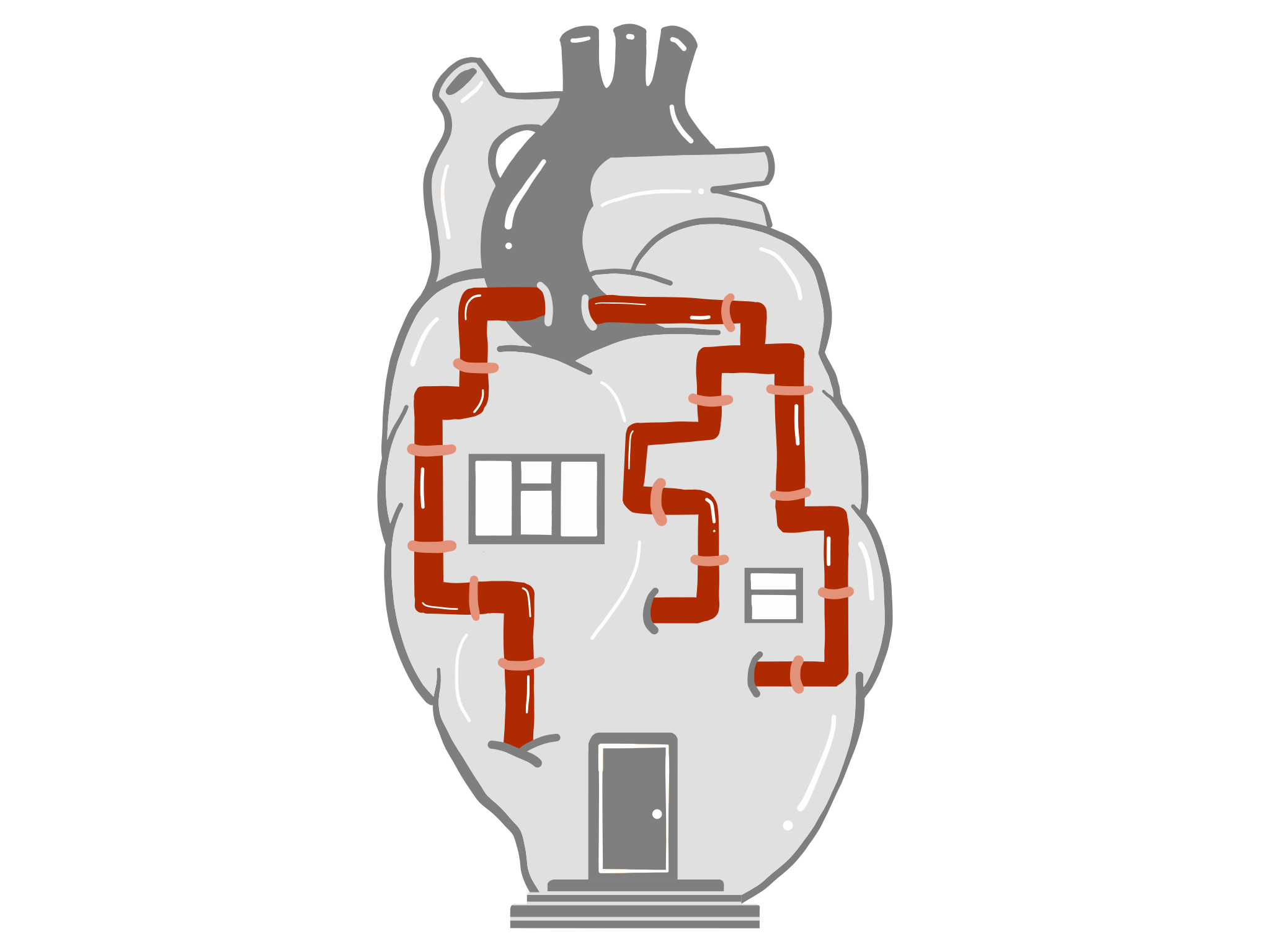
The muscles require energy to contract, and this is supplied by its specialised 'plumbing' - coronary arteries. These are small arteries on the surface of the heart that supplies the muscles with blood, providing it with oxygen and nutrients so it can function. Similar to the pipes at home, these arteries can clog up which will limit blood supply and can result in angina or even heart attacks - one of the commonest causes of death in the world!
These are the 4 main components that makes up the heart into an organ. As I discuss each of the disease processes, I will refer to how the component(s) that is(are) affected and how we can treat and prevent it.
